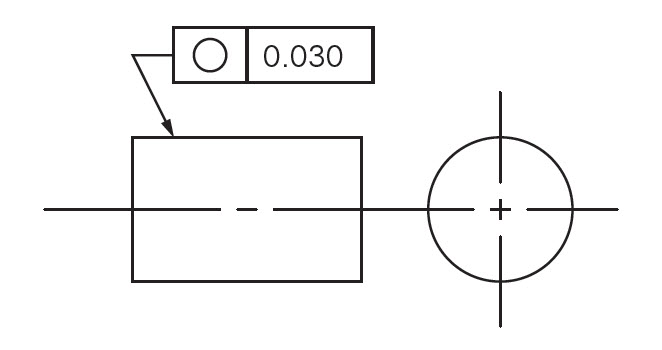Metals, minerals, fossil fuels, biological materials from plants and animals, and more than 100 billion metric tonnes of other resources are added to the economy annually. Of what is collected, just 8.6% is recycled. Since 1970, resource consumption has increased by three times; if current trends persist, that number might quadruple by 2050.
The implications of this overconsumption on people, animals, and the earth are severe. The time has come to transition away from linear, use-it-up-and-throw-it-away models. Businesses should move towards a circular economy, where pollution and waste are eliminated from the start, resources are reused as much as possible, and natural systems are allowed to recover.
Although circularity is essential to addressing environmental injustices, it also has the potential to provide significant possibilities and has far-reaching positive consequences across companies, sectors, and individuals.
Utilise existing means more effectively.
Making more efficient use of renewable materials, including wood, soil, water, air, metals and minerals, is central to the notion of circularity.
Consider the textile market. Clothing made from synthetic fibres uses enormous amounts of fossil fuels annually. The water needed for textile manufacturing and cotton growing is nearly 100 billion cubic metres or about 4% of the world’s total freshwater outflow. However, every year, individuals waste $460 billion worth of functional clothing that they toss away.
In order to lessen the demand for new resources like land, water, and fossil fuels, it is necessary to transition to recycled and recyclable textile materials to create a circularity for textiles. This calls for a shift in consumer behaviour, such as the growth of secondhand and rental markets and the abandonment of the fast fashion mentality that keeps clothing in use for longer and reduces waste.
Cut down on pollution.
The planet may attribute around 45% of global GHG emissions to producing and consuming goods and the industrial sector. Strategies based on the circular economy, which aim to limit resource consumption, can potentially reduce world emissions of greenhouse gases by 39% (22.8 billion tonnes) and thereby help mitigate the potentially disastrous effects of climate change.
Using fewer fossil fuels and fewer emissions would replace nonrecycled materials with recycled ones in producing synthetic textiles and plastics.
Keep people alive and wild things alive.
More than nine million people worldwide lose their lives yearly because of polluted air, water, and soil. Ecosystems are also under attack from this pollution.
Improved resource management (such as the preservation of water and land) and reduced greenhouse gas emissions are only two of the numerous ways in which the pursuit of circularity protects human health and biodiversity.
Improve economic conditions.
Circularity has been estimated to be worth $4.5 trillion by cutting down on waste while simultaneously boosting innovation and employment. There is much room for creativity in emerging new types of enterprises centred on recycling, refurbishment, remanufacturing, and collaborative consumption.
How does the European Union intend to transition to a closed-loop economic model?
The European Commission proposed the circular economy action plan in March 2020. Its goals include:
- Promoting more sustainable product design.
- Reducing waste.
- Empowering consumers (via measures such as establishing a right to repair).
Industries that use a lot of materials are singled out for scrutiny. These include the building industry, plastics, textiles, electronics, and ICT.
The European Commission passed a resolution on the new circularity action plan in February 2021, calling for stricter recycling standards and enforceable objectives for materials use and consumption by 2030 to realise a carbon-neutral, ecologically sustainable, toxic-free, and utterly circular economy by 2050.
As part of its circularity action plan, the European Commission unveiled its first set of measures to accelerate the transition to circularity in March 2022. The plans call for a review of building product legislation, a strategy on sustainable textiles, and promoting sustainable goods.




